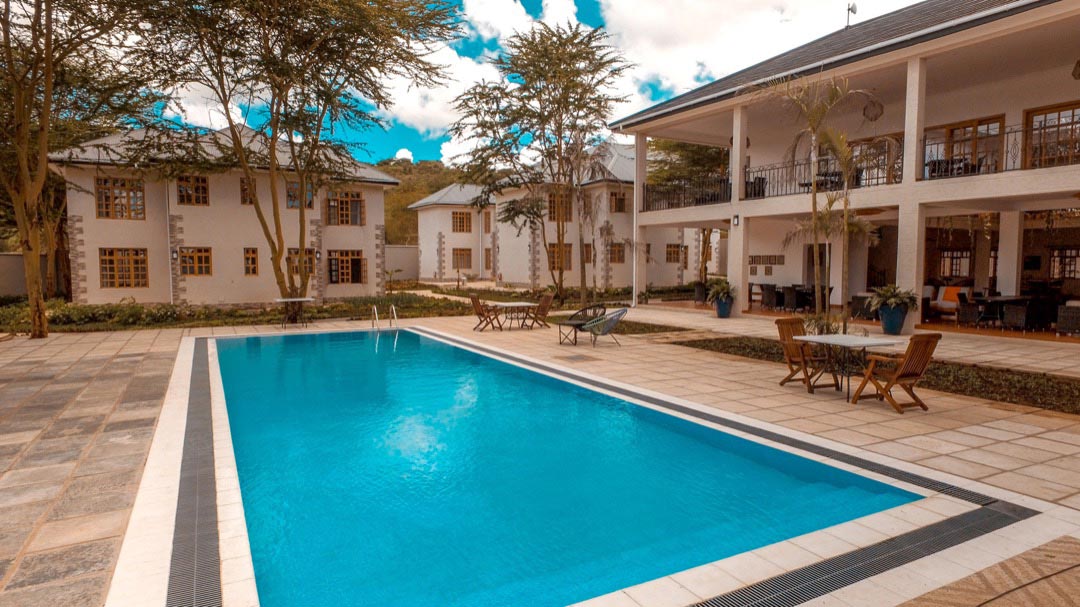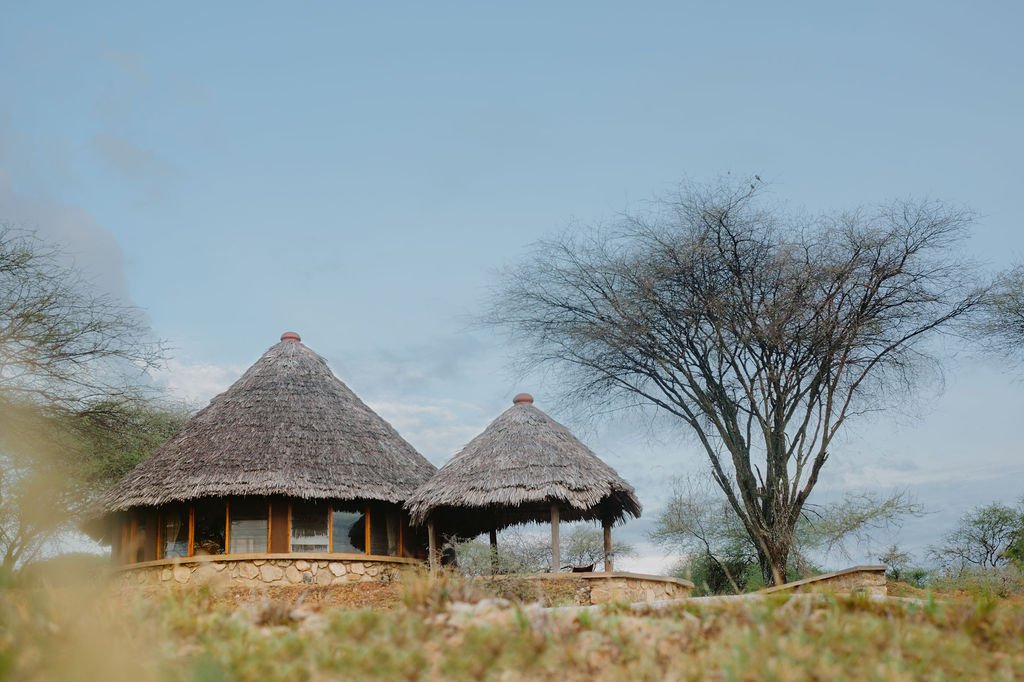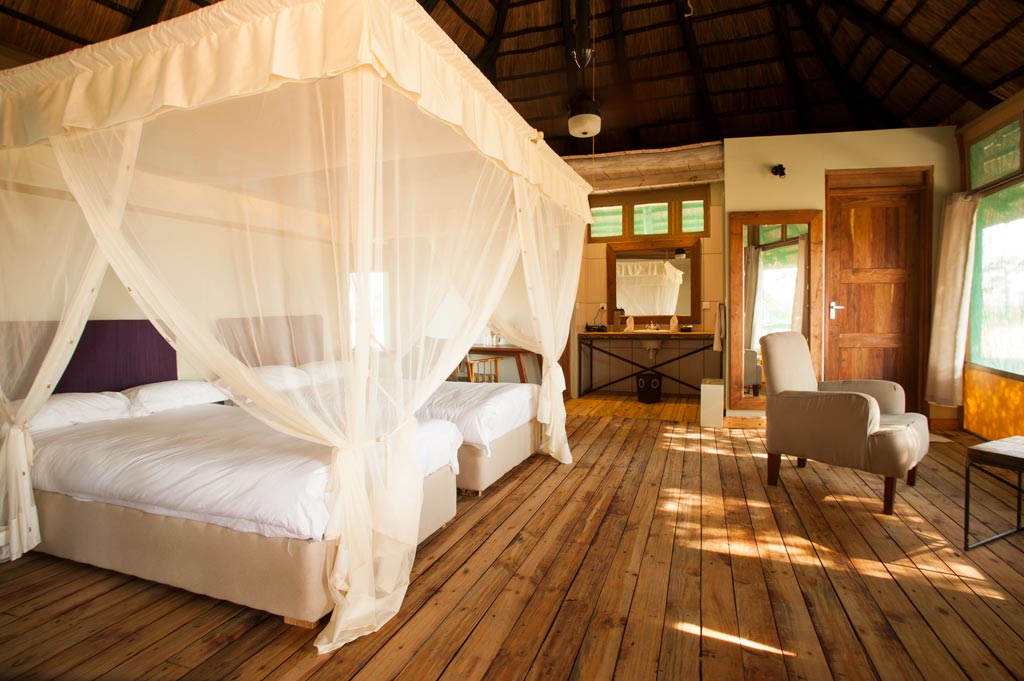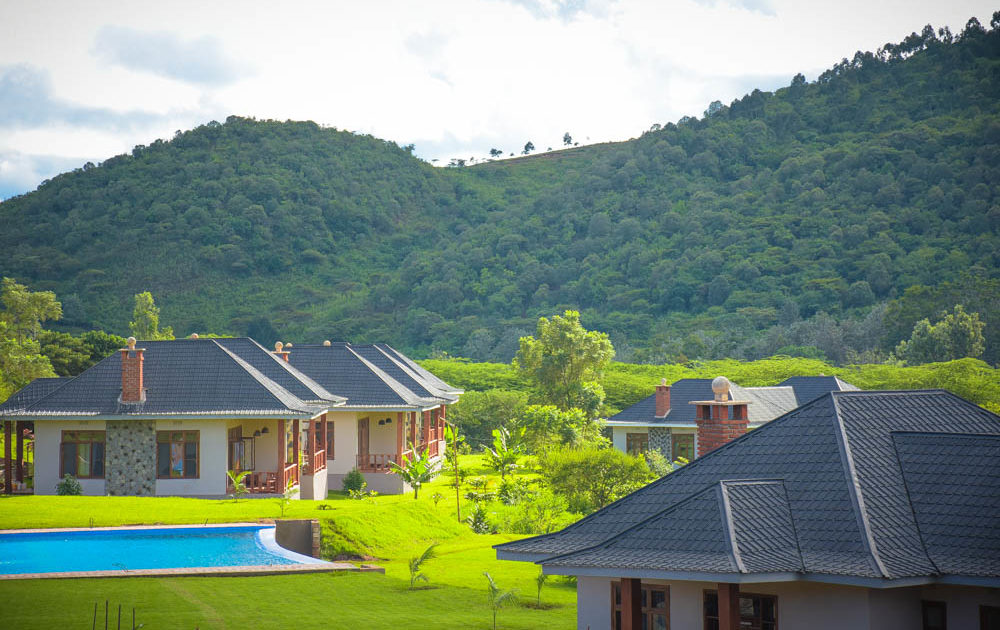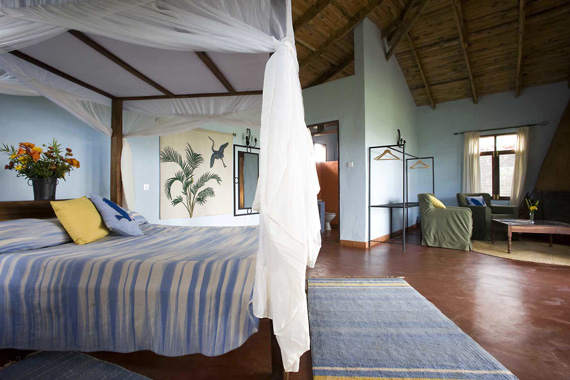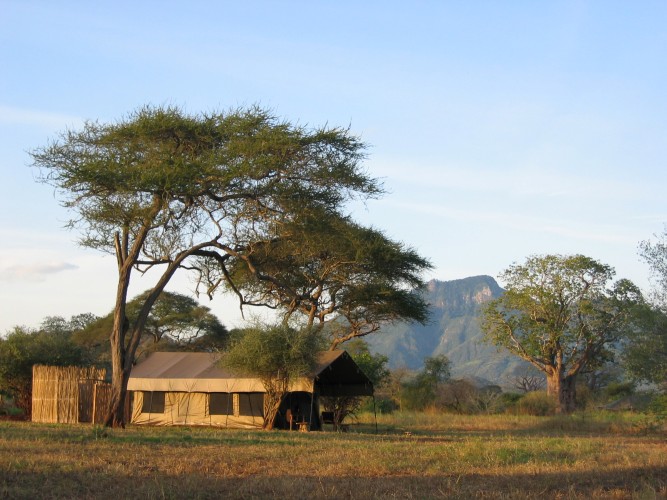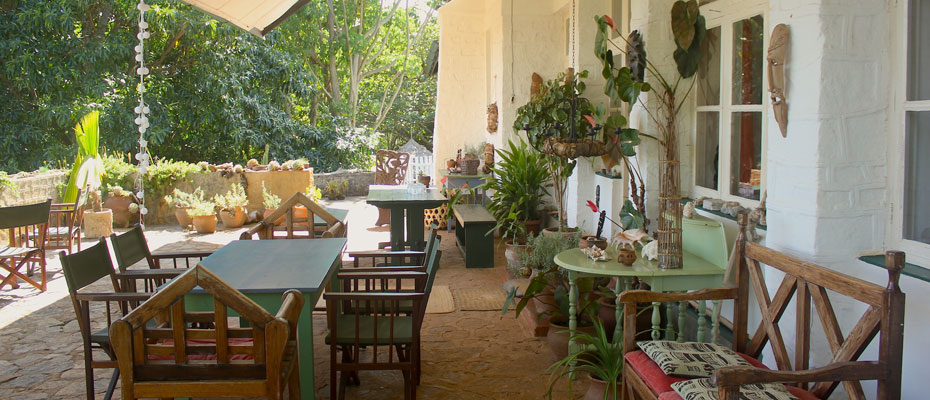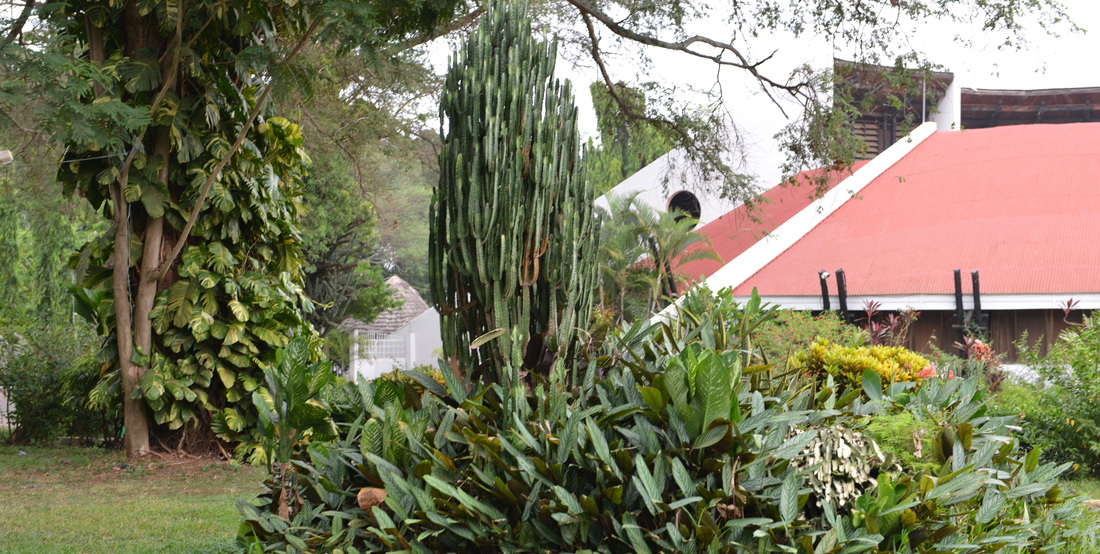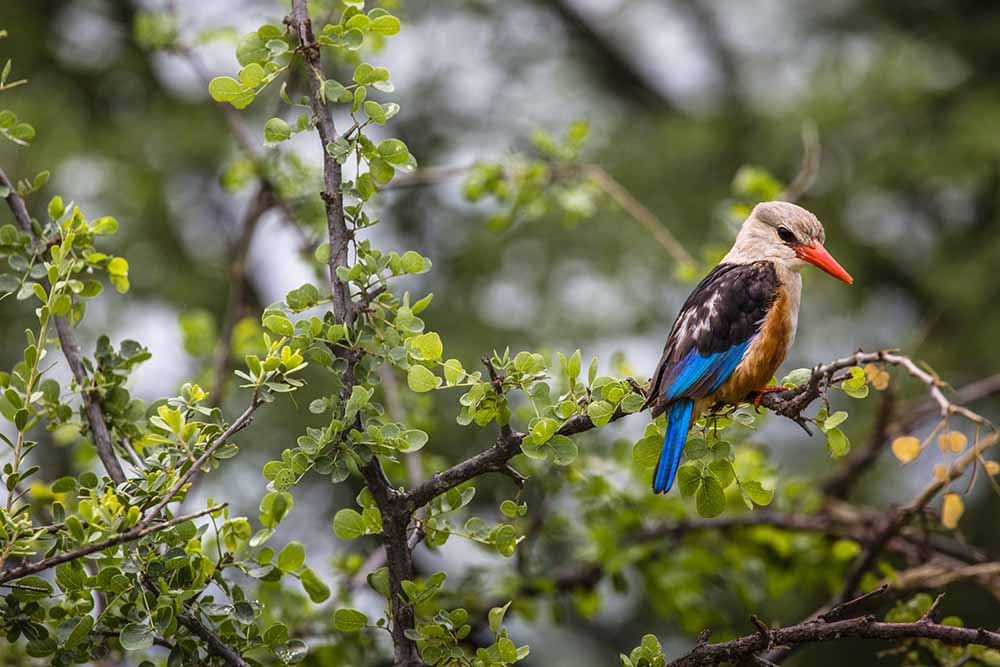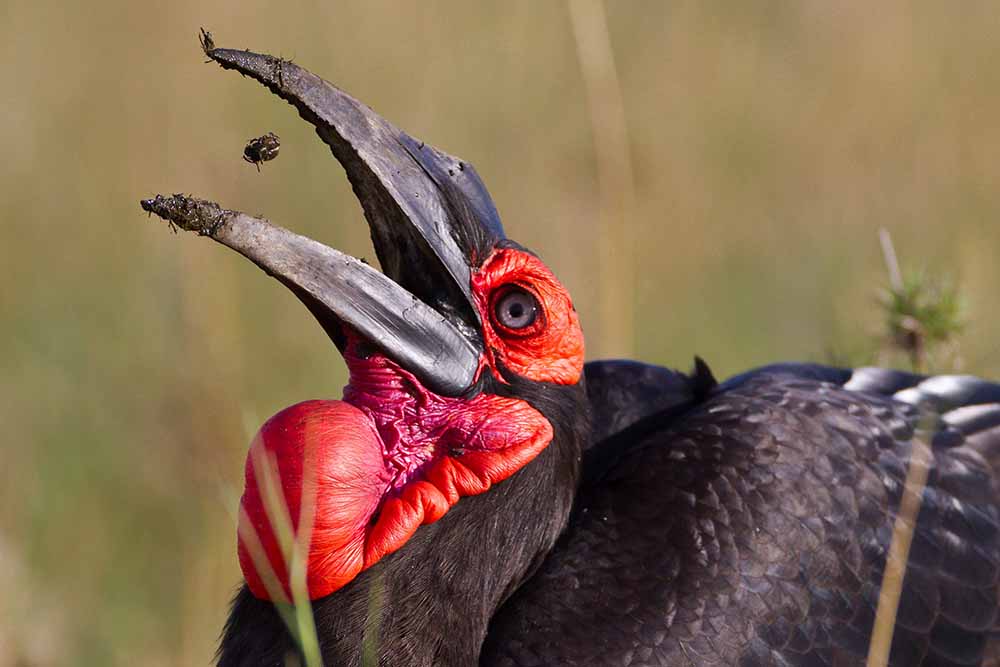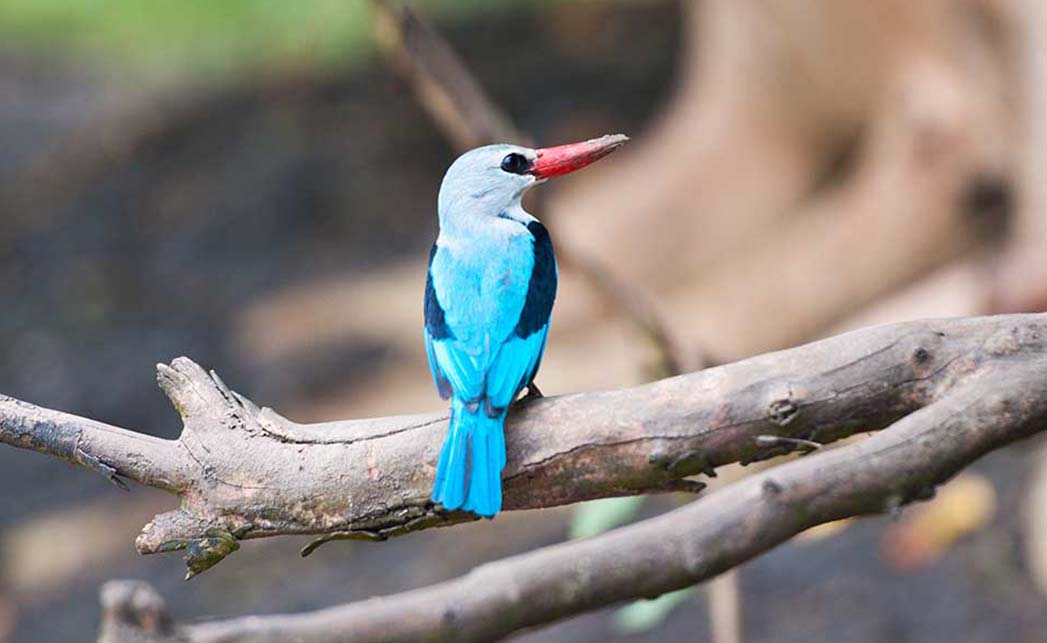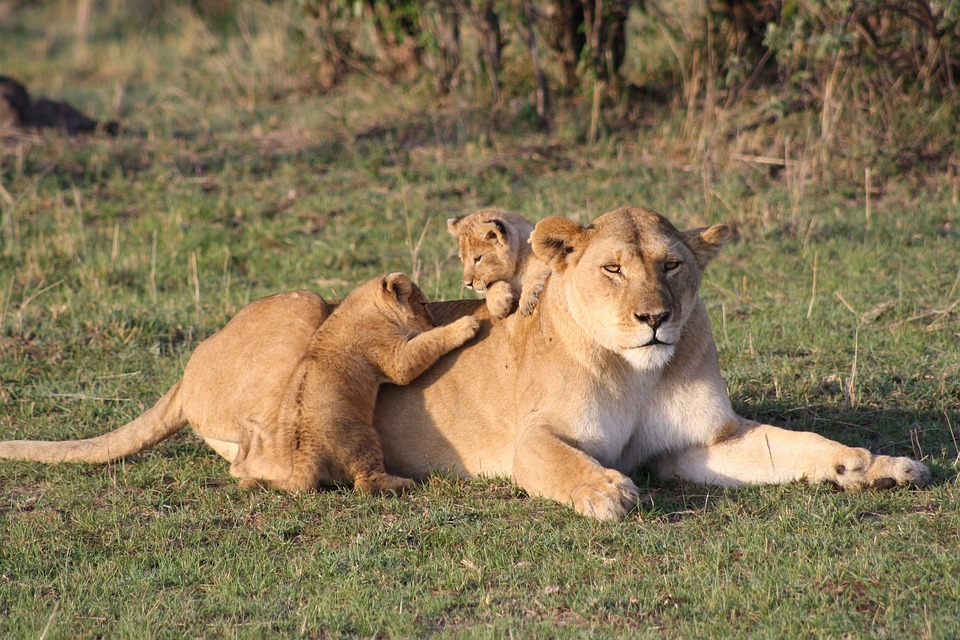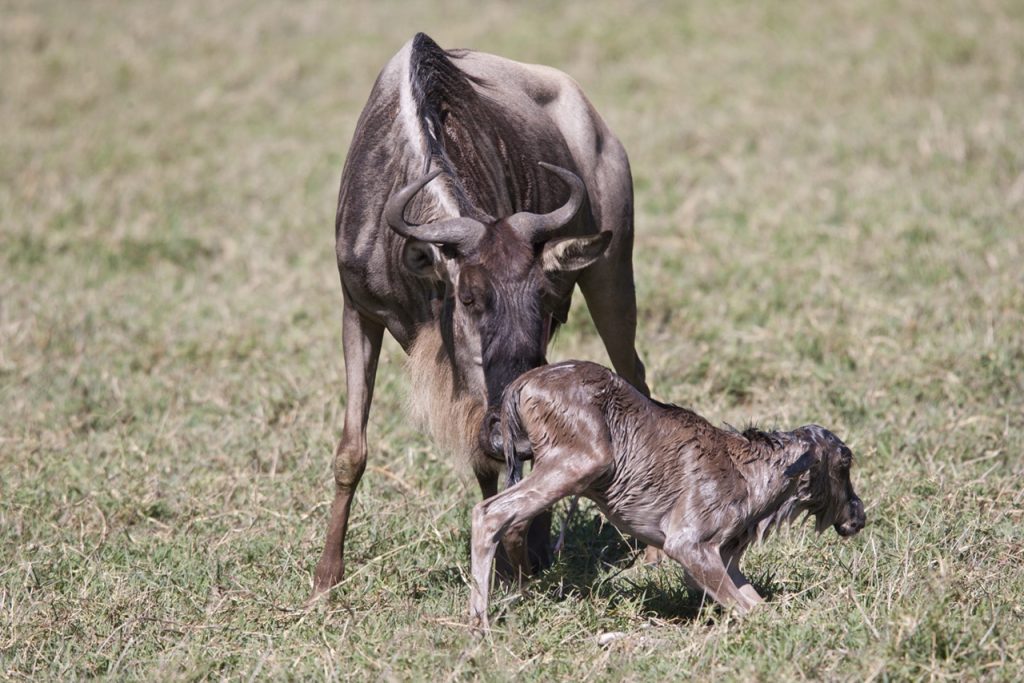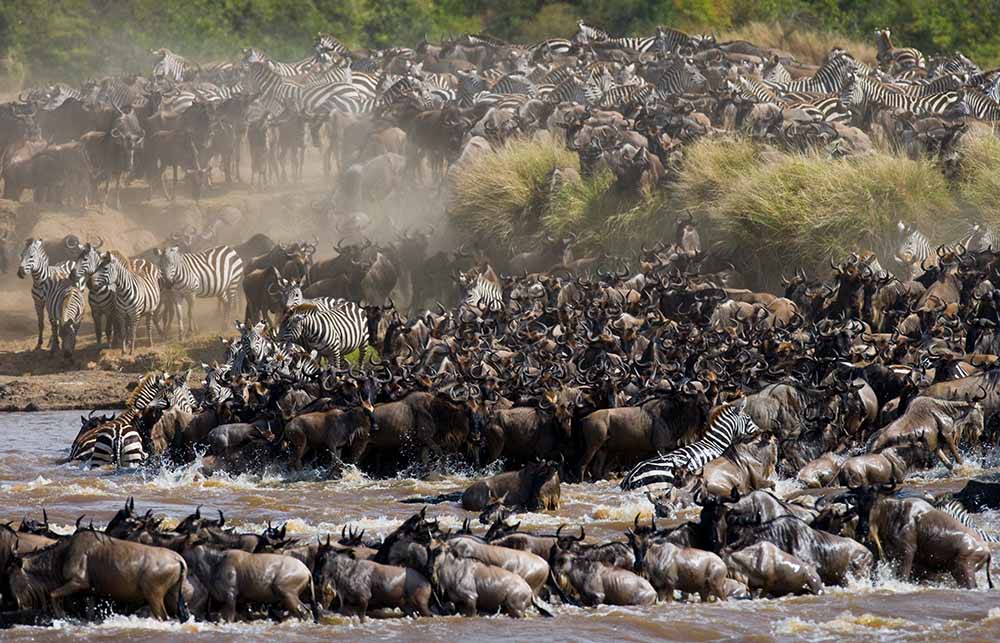19 Days Bird Watching Safari
ARRIVAL
Welcome to Tanzania!
Your Ol-Lerai Africa safari guide will be waiting for you at Kilimanjaro International Airport. We will then drive to your accommodation in Arusha (approximately a 1.5 hours’ drive, depending on traffic and time of arrival.) We will leave you to relax in the hotel for remainder of the day. Dinner and Overnight.
Sample of accomodation
Day 1: ARUSHA NATIONAL PARK
Arusha National Park covers Mount Meru, a prominent volcano with an elevation of 4566 m, in the Arusha Region of north eastern Tanzania. The park is small but varied with spectacular landscapes in three distinct areas. In the west, the Meru Crater funnels the Jekukumia River; the peak of Mount Meru lies on its rim. Ngurdoto Crater in the south-east is grassland. The shallow alkaline Momella Lakes in the north-east have varying algal colors and are known for their wading birds. Overnight arusha
Sample of accomodation
DAY 2: Lark plain
Depart for the Lark Plains, Birding the Lark Plain and having lunch later drive back to your accommodation
Sample of accomodation
Day 3 – 4: Tarangire National Park
You will depart Arusha in the morning and heading to Tarangire National Park, named after the river that runs through it which quenches the thirst of a variety of animals, including giraffes, waterbucks, wildebeests, zebras and a high density of elephants. Tarangire is home to over 550 species of birds and its hilly landscape is dotted with baobabs and diverse grasses. After a morning game drive, you will enjoy a picnic lunch. We will continue exploring and arrive at your lodge, surrounded by abundant wildlife. Dinner and Overnight
As the sun rises, beaming beautiful golden light, we will do our first game drive of the day, taking a picnic breakfast with us. This is a fantastic time to view wildlife and to take memorable photos. Tarangire has a rich and diverse avifauna, but the prime specialties here are two Tanzanian endemics, Ashy Starling and Yellow-collared Lovebird, both of which are common, as well as the restricted-range Northern Pied Babbler.
In the middle of the day, we will return to the lodge for lunch and a rest, swim or massage. Later in the day we will explore the park further with another game drive before dinner.
Sample of accomodation
Day 5: LAKE MANYARA NATIONAL PARK
After breakfast you will head to Lake Manyara, an alkaline lake, rich with plant and bird life. The lake’s environment supports over 300 species of birds including cormorants, pink flamingos, pelicans and storks. After a picnic lunch, we will enjoy an afternoon game drive where you can see elephants and baboons (in fact Lake Manyara boasts the most baboons in any park in Africa!) If you are lucky, you will also see the famous tree-climbing lions. Dinner and Overnight Karatu.
Sample of accomodation
Day 6: NGORONGORO CRATER
In the morning after an early breakfast, you will be one of the first vehicles descending the 600 meters (2,000ft) into Ngorongoro Crater for superb game viewing with picnic lunch boxes. The Ngorongoro Crater is a natural enclosure supporting 20,000-30,000 animals at any one time making it virtually a Noah’s ark and inhabiting almost every species of wildlife that is indigenous to East Africa. The Crater is considered one of the natural wonders of the world and has the highest densities of predators in Africa such as lions, hyenas and leopards. It is also one of the best places in Africa to see the endangered black rhino. In the late afternoon, slowly begin the climb out of the crater and head toward Karatu for dinner and overnight.
Sample of accomodation
Day 7: Karatu / Moshi
After breakfast we will drive to Moshi town, with a view of the highest mountain in Africa, Mt Kilimanjaro (weather dependent!). We will arrive at the hotel for a welcome lunch and then embark on a walking tour of this colourful urban centre, visiting the market and have a coffee in the heart of coffee country. Dinner and Overnight.
Sample of accomodation
Day 8 & 9: Moshi / Mkomazi National Park
Leaving Moshi, we start the journey to Mkomazi National Park driving parallel to the Pare Mountains, through sisal and pineapples plantations. We will stop along the way to buy some local fruit.
Mkomazi National Park spans 3,500 square kilometres and is home to two highly endangered species, the black rhino and African wild dog. The birds of Mkomazi are more numerous, with over 400 recorded species including large numbers of doves, hornbills, weavers and guinea-fowl as well as striking species such as the martial eagle and violet wood-hoopoe. Dinner and Overnight.
Sample of accomodation
Day 10: Mkomazi National Park / Irente
After breakfast we will drive through changing landscapes, including large sisal farms to Lushoto in the Usambara Mountains.
The Usambara Mountains are part of the Eastern Arc Mountain and stretch for over 90km, largely covered in tropical rainforests. The Usambaras are considered a Biodiversity Hotspot, with several endemic species of birds, flowers and trees, including the Usambara Eagle-owl.
After spending some time in Lushoto town we will travel further up the mountains to Irente. Dinner and Overnight
Second day morning a local guide will lead us on a hike through the forests and villages of this lush green part of the Usambara mountains. We will have the chance to find these species and more – Mottled Swift, Red-capped Forest Warbler, Zanzibar Boubou, Eastern Nicator, Sombre and Yellow-bellied Greenbuls, Red-rumped Swallow, Coastal Cisticola, Kurrichane Thrush, Collared Palm Thrush, Mocking Cliff Chat, Amethyst Sunbird, Eastern Golden Weaver and Red-backed Mannikin.
Sample of accomodation
Day 11 to 13: Irente / Amani Forest
Today will drive to East Usambara Mountains, which hold a number of special and unique species such as Bohm’s Bee-eater. Near to Amani, we will hopefully spot Kretschmer’s Longbill. The forests of the Amani area have sadly been impacted by the increase in vast tea estates and now are mostly restricted to the tops of the mountains. Fortunately, bird life thrives in the remaining area which has been declared a nature reserve, and this is the area that we will focus our attentions on. Dinner and Overnigh
Enjoy another full day in these abundant forested habitats of the Eastern Usambara Mountains. Hopefully we will spot the highly endangered Long-billed Forest Warbler as this is one of the last remaining areas where this bird can be found. Other birding delights include the Mottled Spinetail, Silvery-cheeked Hornbill, Green Barbet, Scaly-throated and Pallid Honeyguides, African Broadbill, Chestnut-fronted Helmetshrike, Blue-mantled Crested Flycatcher, Lowland Tiny Greenbul, Little Yellow Flycatcher, Black-bellied Starling, Red-capped Robin-Chat, Plain-backed Sunbird and Red-throated Twinspot.
While enjoying a picnic lunch, watch out for raptors including the Black Sparrowhawk, Ayres’s Hawk-Eagle, Southern Banded Snake Eagle, African Goshawk and even the majestic Crowned Eagle.
Sample of accomodation
Day 14 to 16: Usambara Mountains / Morogoro
After breakfast we will drive to the large town of Morogoro, in the foothills of the Uluguru Mountains, passing through changing landscapes of villages and sisal plantations. Morogoro is a bustling urban centre and is the centre for agriculture for the region. Dinner and Overnight
The first day Leaving Morogoro early in the morning, we will start the journey to the high forests of the Uluguru Mountains. We will leave the vehicles and hike to the higher ground into unspoiled primary forests as most of the lower slopes have been deforested for agriculture. As you are walking, keep your eyes open for White-eared Barbet, Angola Swallow and Bertram’s Weaver.
A key target for today’s viewing is the rare Uluguru Bush Shrike, an endemic species to this area. Other great forest species to keep a look out for include the Green Barbet, Fülleborn’s Boubou, Sharpe’s Akalat, Moustached Tinkerbird and Usambara Weaver.
Second day we will immerse ourselves in another full day of birding in these great forests with the main targets being the elusive Uluguru Greenbul and Winifred’s Warbler. The forests are home to Livingstone’s Turaco, Red-capped Forest Warbler, White-chested Alethe, African Hill Babbler and Red-faced Crimsonwing. We are also likely to encounter the Southern Citril, Yellowbellied Waxbill, Evergreen Forest. Warbler, Dark-capped Yellow Warbler, Variable Sunbird, Bluespotted Wood Dove and Bar-throated Apalis in the edges of the forest and the more open spaces.
Sample of accomodation
Day 17 & 18: Uluguru Mountains /Mikumi National Park
We will depart from our camp after an early breakfast and head to Mikumi National Park (approximately 1 hour).
Mikumi National Park, spanning over 3230km², forms a unique eco-system along with Selous Game Reserve. Its savannah landscapes are home to elephants, zebras, kudu, black antelope, baboons and more. More than 400 various species of birds inhabit the park. Dinner and Overnight
Second day after dawn, we will head into the park for a walking safari to learn more about the African bush, including animal tracking, natural medicines and notice the smaller side of safaris – the insects, the flora and of course, the birdlife. We will then head back to the lodge for a well – earned delicious brunch and a siesta. Late afternoon, we will embark for a game drive to view the larger animals in the cool of the evening.
Sample of accomodation
Day 19: DEPARTURE – Mikumi National Park / Dar es salaam
Today you will be transferred to Dar es salaam Julius Nyerere airport take your international flight back to home.
THIS TOUR INCLUDES:
- Accommodation according to the itinerary
- Transportation in a 4×4 safari vehicle
- Professional, English-speaking guide
- Meals according to the itinerary
- Mineral water
- All mentioned activities
- All national park fees
- Flying Doctors insurance (AMREF) during the safa
THIS TOUR EXCLUDES:
- International Flights
- Optional activities
- Alcoholic and soft drinks
- Visa fees
- Tips
- Personal spending money for souvenirs etc.
- Travel insurance


